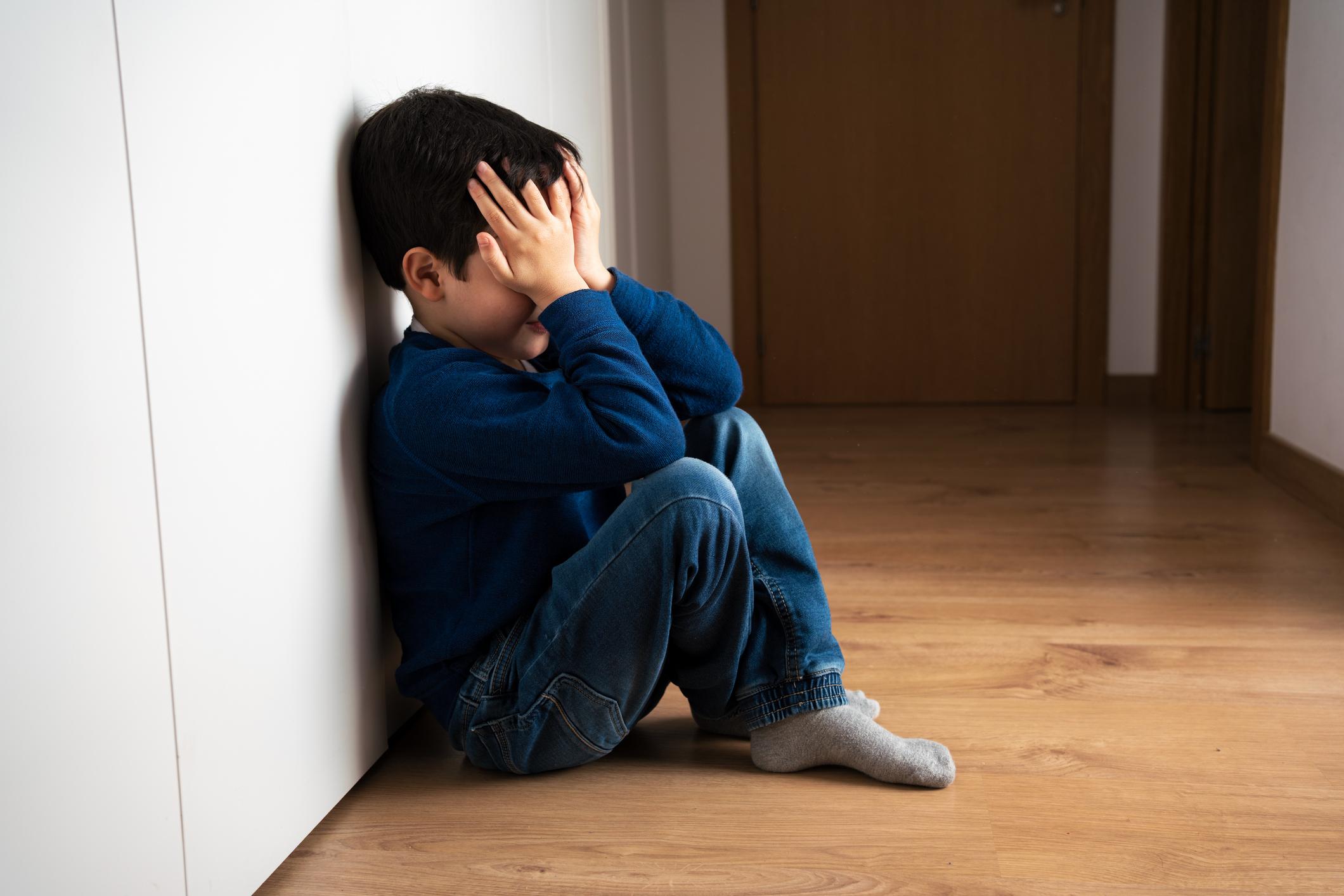Dyspraxia, which handicaps children in their daily activities, concerns 5 to 6% of the population.

- Dyspraxia is a disorder that causes clumsiness in everyday gestures.
- Dyspraxic children must relearn each gesture as soon as they find themselves in a new situation.
- The environment must facilitate the performance of tasks, secure and encourage the child.
Among dyspraxic disorders, motor dyspraxia, also known as “developmental coordination disorder”, is a motor disorder that affects a child’s ability to plan and sequence actions to perform daily activities. .
Understanding Motor Dyspraxia
If present from birth, the exact causes of motor dyspraxia are still unknown. It manifests more frequently in boys, with certain common traits that are generally found in all motor dyspraxics.
From an early age, children with dyspraxia have difficulty handling objects that easily escape them. They make frequent falls, are slower and clumsier in their movements and certain activities, such as dressing or eating, which then become a challenge for them. All daily activities are concerned, whether going up or down stairs, running, jumping, hitting, cycling or catching a ball.
How to help your child?
Dyspraxia has nothing to do with laziness or disinterest. On the contrary, children with dyspraxia have to relearn each task as soon as the situation changes. It is therefore essential to adopt a patient and understanding attitude with them without comparing them with others.
To help her, make it as easy as possible for her:
– Choose clothes without buttons or with an elastic waistband to help him dress himself.
– Repeat instructions often and present them concisely, one at a time to make it easier to understand and complete tasks.
– Break down difficult tasks for him into simple steps so that he assimilates the instructions gradually.
– Describe aloud the gestures needed to carry out an activity, always using the same words and showing him the movements.
In these children with fragile self-esteem, the fear of failure can cause anxiety that adds difficulty in their daily actions. This is why beyond professional support, those around you have a role to play in providing a reassuring, encouraging and benevolent environment.
Find out more: “100 activities for DYS children” by Cécile Zamorano and Françoise Chée.

















